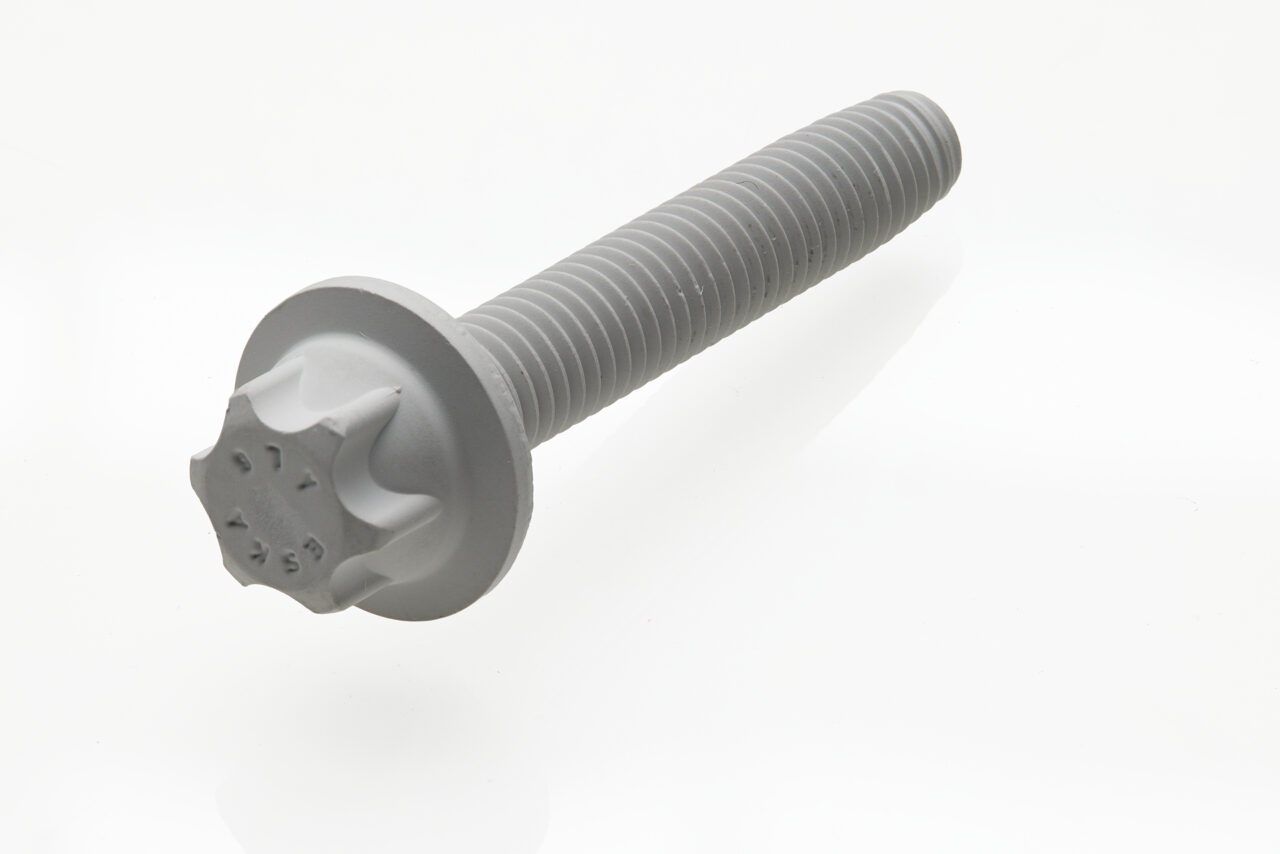Materials
As a rule, appropriately composed and manufactured materials with sufficient ductility and suitable work hardening behavior are used for cold forming.
These are usually low-alloy steels without sulphur with a low carbon content, often with boron content to ensure hardenability. However, higher alloyed steels for high-strength parts or wrought aluminum alloys are also used.
Steel
- use of cold-formable steels, i.e. low-alloy steels with sufficient ductility and a low carbon content
- depending on the alloy, different strength classes can be achieved
- the strengths are classified according to DIN EN ISO 898-1
- we also offer induction or case-hardened steel parts as an option
Aluminium
- cold-formable wrought aluminum alloys
- high-strength parts through heat treatment (according to DIN EN 28839)
- fasteners often AL9 (EN AW-6056) (material)
- special density 1/3 of steel (2.7 g/cm³) à ideal for consistent lightweight construction
- good electrical conductivity with low density (compared to copper)
- aluminum is self-passivating (generally no additional surface coating required for corrosion protection) à optional surfaces available if there is a risk of intergranular corrosion
- less tool wear during production
- high-strength aluminum screws: Aludrive®

Copper / brass
- very good electrical conductivity
- connecting elements according to DIN EN 28839
- example alloys: CuNi1Si (high strength), Cu-OFE and Cu-ETP – high conductivity
Contact us
31234 Edemissen

Thomas Christiansen
Key Account Manager
Tel.: +49 5176 555 3706
Mobil: +49 152 22 55 2706



